The once lush and plump Phalaenopsis orchid leaves suddenly become wrinkled, feeling like crumpled paper, and they no longer feel as full when touched. Don’t panic! Before rushing to water or fertilize, take a moment to understand why the leaves are wrinkling.
The core reason for wrinkled Phalaenopsis leaves can be summed up in two words: lack of water—but it's not as simple as just forgetting to water. It depends on the situation. The most common type is “true lack of water”: you haven’t watered in a while, and the growing medium (like sphagnum moss or bark) has dried out. The roots can’t absorb water, and the moisture in the leaves is used up, causing them to wrinkle. I once went on a business trip for a week, and when I returned, the leaves of my orchid were as wrinkled as an old lady’s face. I quickly watered it with warm water, and within two days, the leaves slowly unfurled. But be careful not to wait until the growing medium is completely dry before watering—when the sphagnum moss feels a little dry and hard, it’s time to water. This is especially important in summer when moisture evaporates quickly, so keep an eye on it.
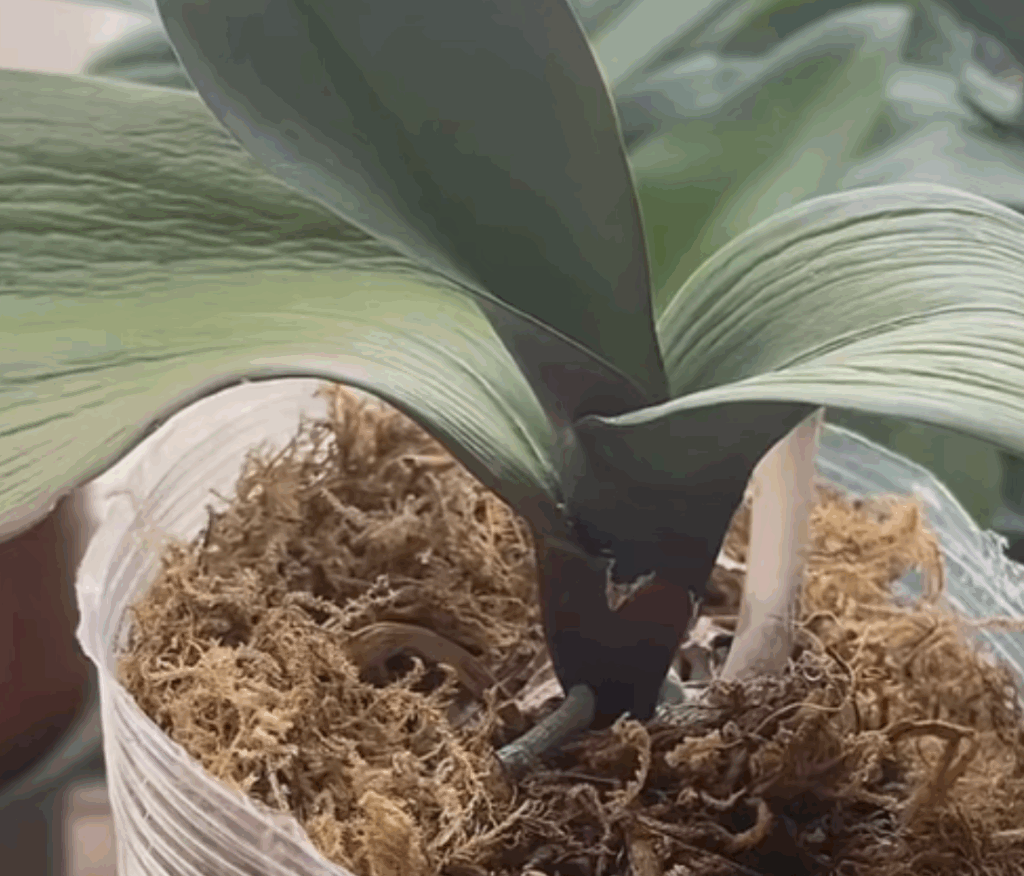
Another reason for wrinkled leaves is “false lack of water,” which is even more troublesome. This happens when the roots have rotted. You might water the plant regularly and think the medium is always moist, so it must not be lacking water. However, rotting roots can’t absorb water, and the leaves will still wrinkle due to the inability to take in moisture. This situation is easily misunderstood—many people think the leaves are wrinkled from lack of water and keep watering, which only worsens the rotting roots, and the leaves become even more wrinkled. To check if the roots are rotting, simply remove the Phalaenopsis from its pot and inspect the roots: healthy roots are white or light green, plump and elastic; rotten roots are brown or black, brittle, and may have a foul smell. If the roots are rotten, cut them off, disinfect the wounds with fungicide, and repot the plant in fresh sphagnum moss. After repotting, don’t water it immediately; let it sit in a well-ventilated area for three days before watering. Otherwise, the new roots might rot again before they even grow.
Besides lack of water and rotting roots, another easily overlooked cause is dry air. Especially in winter when heating is on or summer when air conditioning is used, the humidity in the air drops too low, causing moisture on the leaves to evaporate too quickly, making them wrinkled. This situation is easy to identify: the roots are healthy, and watering is timely, but the leaves are still a bit wrinkled and feel dry to the touch. In this case, don’t worry about the roots—just find a shallow tray, place some stones inside, add a little water, and place the orchid pot on top of the stones (making sure the pot isn’t sitting directly in the water). Alternatively, you can spray water around the leaves daily with a spray bottle to increase the humidity in the air. After a few days, the leaves should plump up again.
After the leaves wrinkle, don’t rush to fertilize. The roots might already be weak, and fertilizing will only increase the burden on the plant. Also, don’t cut off the wrinkled leaves—unless they are completely yellow or rotting, they can still carry out photosynthesis. Just wait for new leaves to grow, and the old ones will naturally fall off. Moreover, after dealing with a Phalaenopsis that’s in poor condition, don’t place it in direct sunlight. Put it in a place with indirect light and good ventilation to let it recover gradually.
To fix wrinkled Phalaenopsis leaves, first determine the cause: check if the watering is sufficient, then inspect the roots, and lastly, see if the air is too dry. With the right treatment, most Phalaenopsis orchids can be saved. Caring for orchids is like taking care of small houseplants—observe more, meddle less, and your orchid will thrive, with lush green leaves and abundant flowers, without giving you any trouble!

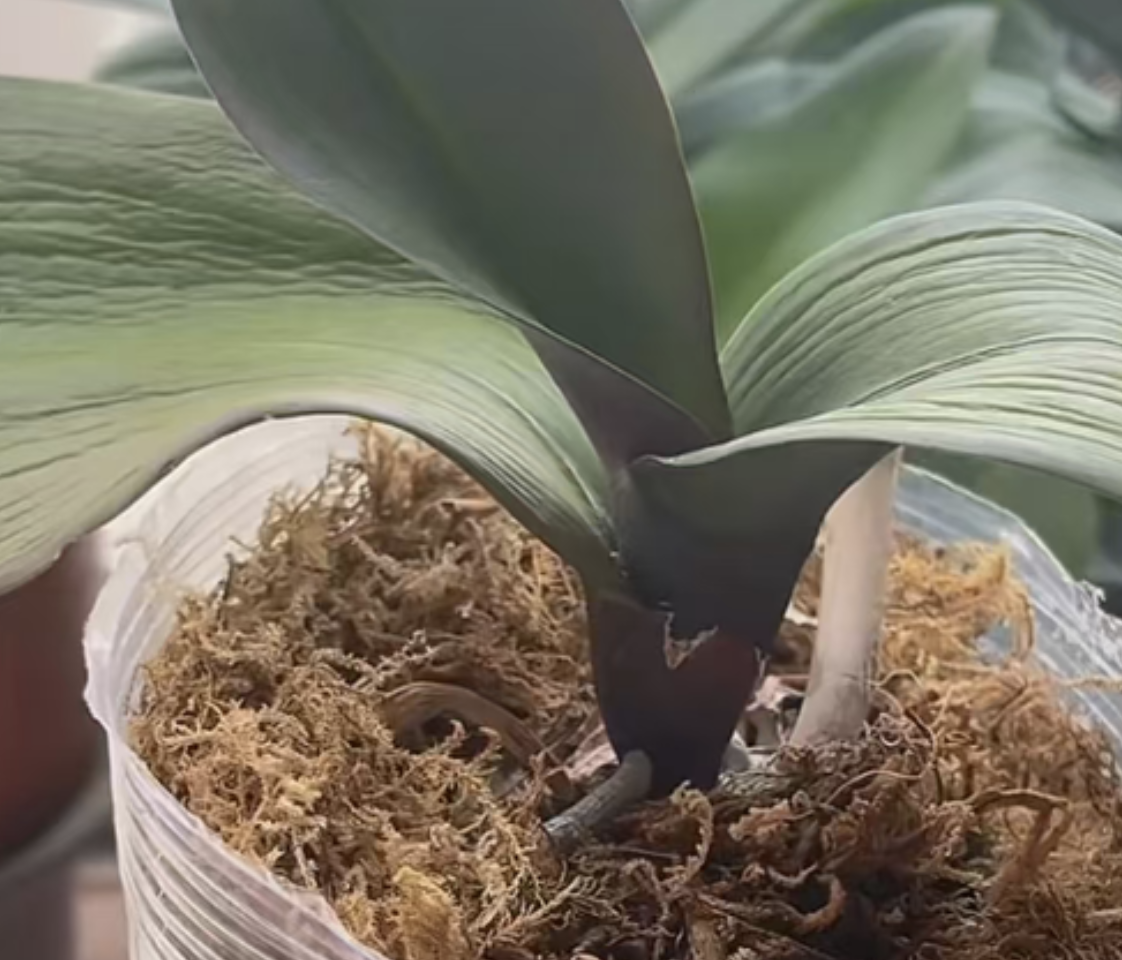
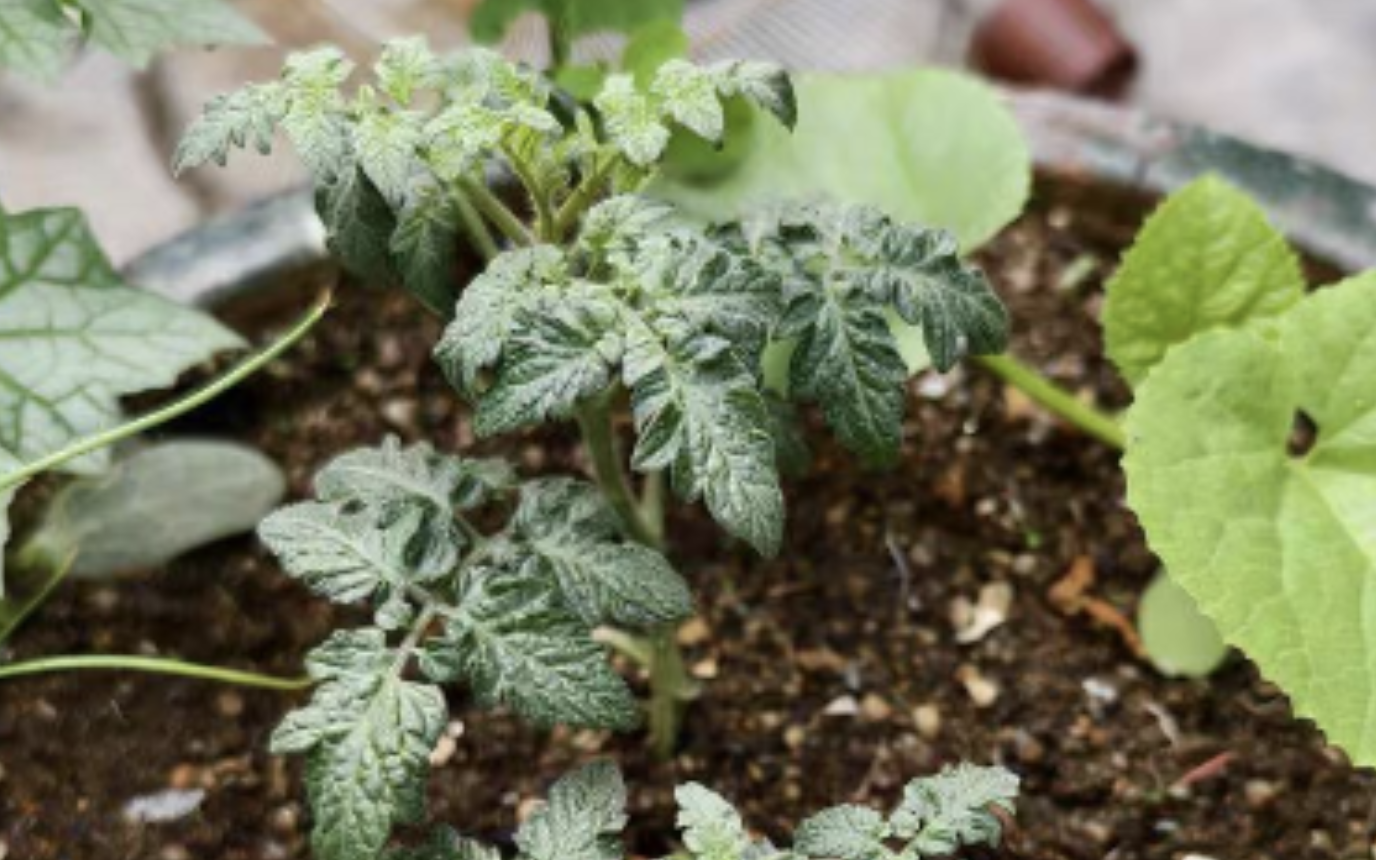
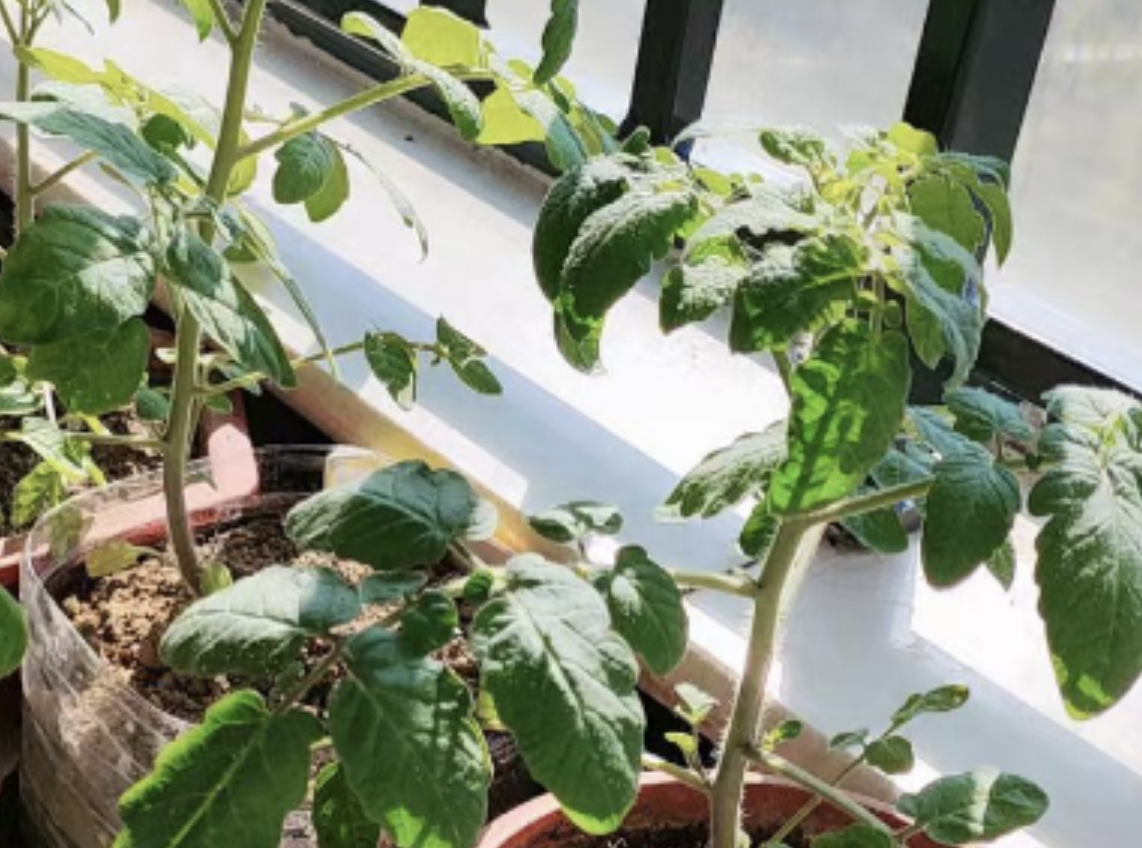
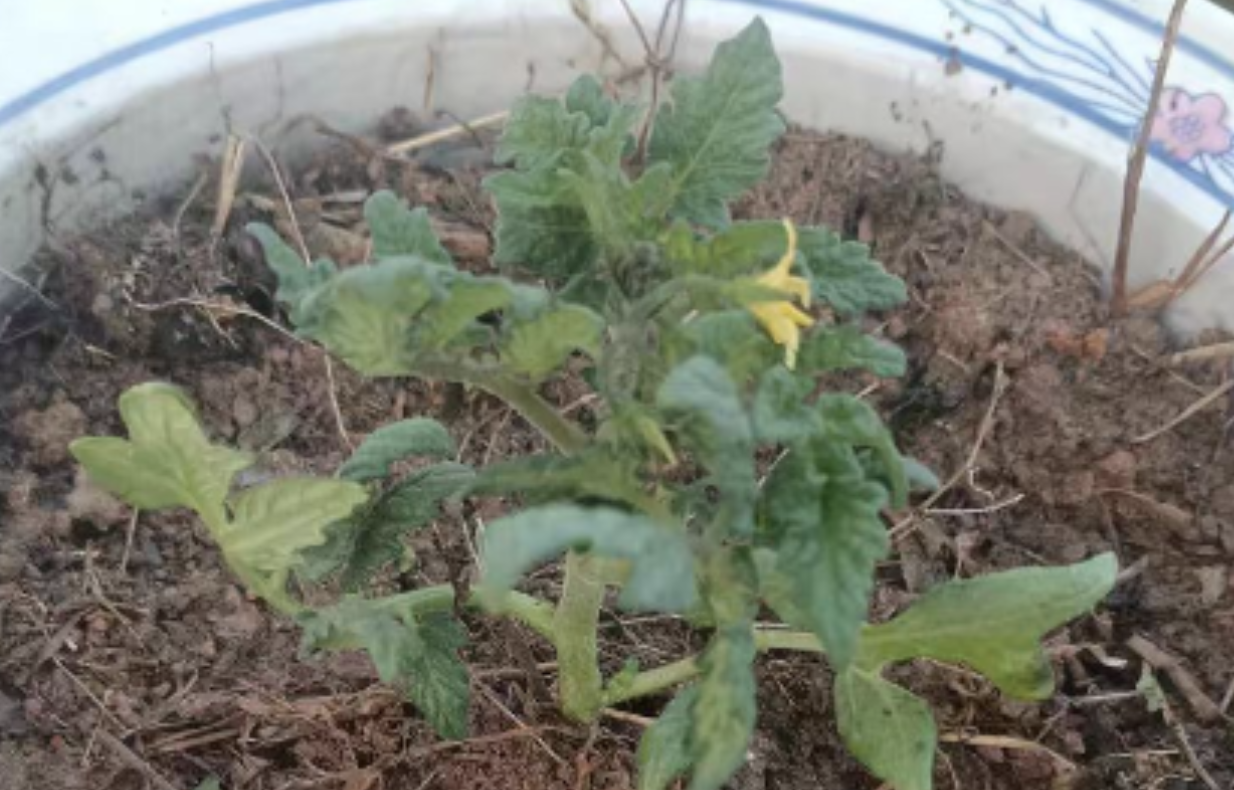
Leave a Reply